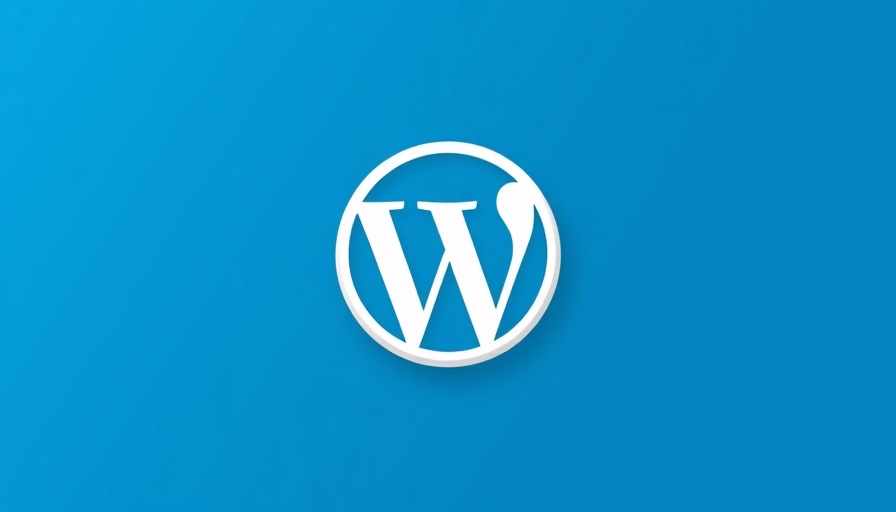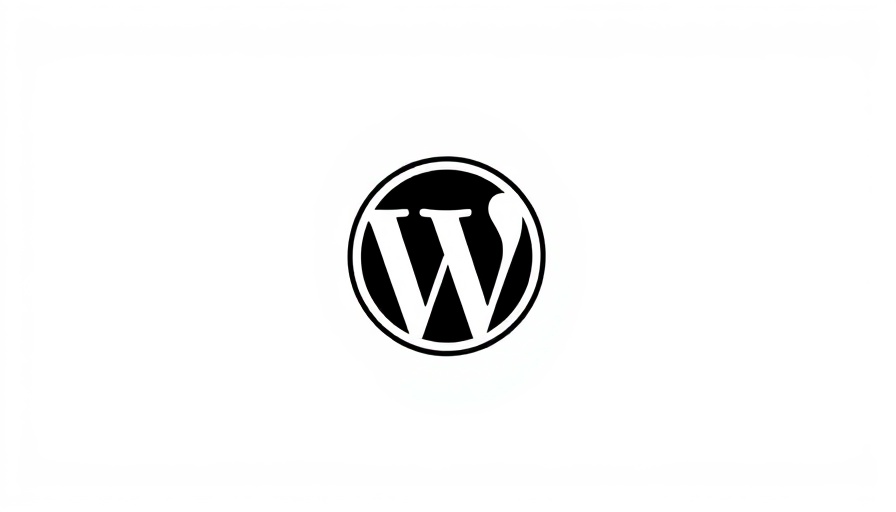
Introduction to Maintenance Mode for WordPress Components
As WordPress continues to evolve and incorporate new features, the necessity for a systematic approach to component maintenance becomes clear. In this digital age, where website reliability is crucial, implementing a Maintenance Mode for components in WordPress isn't just an asset; it's a necessity. So, what does this mean for WordPress developers?
Why Maintenance Mode Matters
Have you ever experienced a sudden downtime during a crucial update or feature deployment? Such situations can significantly affect user experience and site performance. Maintenance Mode offers a safety net during these uncertain times. By temporarily putting specific components into maintenance, developers can make necessary adjustments without causing disruptions for end-users. This feature aligns with the ongoing focus on user experience across the WordPress ecosystem.
Benefits of Implementation
The introduction of Maintenance Mode will provide several advantages for developers:
- Increased Reliability: Users can be assured of consistent performance, even during significant changes.
- Easier Debugging: Encouraging developers to isolate components will simplify debugging and performance optimization.
- Enhanced Communication: With clear notifications for users, developers can maintain transparency during updates.
This new feature aims to mitigate the chaos of component failures, ensuring that WordPress continues to be a trusted platform for millions.
Real-World Analogies: Think of It Like Your Favorite Restaurant
Imagine you walk into your favorite restaurant only to find that a key dish is unavailable because the chef is experimenting with new recipes. While the chef is perfecting the dish, the restaurant informs customers of the temporary unavailability, allowing them to choose another menu item instead. This example highlights how transparency in web maintenance can enhance user experience.
Future Trends in WordPress Development
The future of web development is leaning towards modular architectures, and WordPress is no exception. Adopting Maintenance Mode is a step forward in that direction, reflecting larger trends in software development. As web applications grow increasingly complex, the need for features like Maintenance Mode will only increase, allowing developers to manage their environments more effectively while minimizing disruptions to users.
Taking Action: What You Can Do
As a WordPress developer, you may want to advocate for the inclusion of Maintenance Mode in your projects. Consider engaging in discussions during core development meetings on Slack. Your input could help shape the future of WordPress component management. Suggest practical tools and strategies that will give you and your fellow developers the ability to implement this feature effectively.
Conclusion: Why Now Is the Time
With the digital landscape forever changing, it's crucial that WordPress adapts to maintain its leadership position. The introduction of Maintenance Mode for components is a proactive step towards ensuring that developers can manage their systems efficiently while enhancing user satisfaction. Take action today by getting involved in the discussion and advocating for this essential feature!
 Add Row
Add Row  Add
Add 




 Add Row
Add Row  Add
Add 

Write A Comment